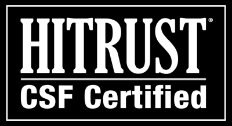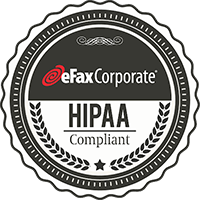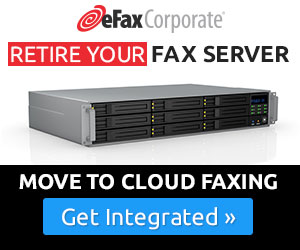Extracting meaning from document transmissions extends the value of big data
There has been much written about the concept and execution of big data over the past few years. Companies are discovering that there is an abundance of value in their vast data warehouses—If the information is normalized and findable. Normalized means setting data in a format that allows for comparative analysis and findable often means making the data available on-line and meta-tagged appropriately.
Not surprisingly, big data analytics has turned out to be a big job. IDC, in a recent report, estimates that only 0.5 percent of all data gets analyzed, even as more and more information is collected and stored. A major factor in this dichotomy of data importance and usability is that most companies limit their analytics efforts to the tip of the iceberg of their corporate information assets: structured data. Yet over 80% of data is unstructured, often created and/or maintained on paper.

An off-line or server-based fax strategy is often a key inhibitor in the effort to extract meaning from high-value transactional documents. One of the core benefits of fax—and the reason fax is so prevalent in industries like healthcare and legal—is that it offers secure transmissions and maintains the integrity of the document…important transactions still require a “wet signature” so purchase orders, invoices and other documents are faxed.
With traditional fax technologies–fax machines and even fax servers–the transaction takes place and the information it contains is acted upon and the lifeline of the document ends. If a company wanted to maintain a copy of the document for later review, the paper was scanned and archived in a separate process after the transaction was completed.
Today however, progressive organizations are looking at fax as part of its overall information strategy. Documents, electronic and paper, have value beyond the transaction point. Fax services can be integrated into ERP, CRM and other core business applications that provide a searchable record of the transaction; not just the information contained in the document, but the information about the document, including when it took place, and how the document relates to other document transactions. Document analytics involves algorithms that can establish patters to the timing of fax transmissions.
What is your fax strategy? If faxing is used for important financial transactions, do you have audit trails, searchable repositories and metadata that paints a complete picture of the individual transactions and the pattern of your transactions as a whole? Consider faxing not as an offshoot of a device, but as a document transmission. With cloud faxing, data can be easily extracted from the electronic documents and normalized to fit within other corporate data streams. Your company can benefit from tangible measurements associated with hosted faxing—cost savings from eliminating phone lines, equipment and consumables—as well as functional benefits of including all transactional data in your business analytics.











